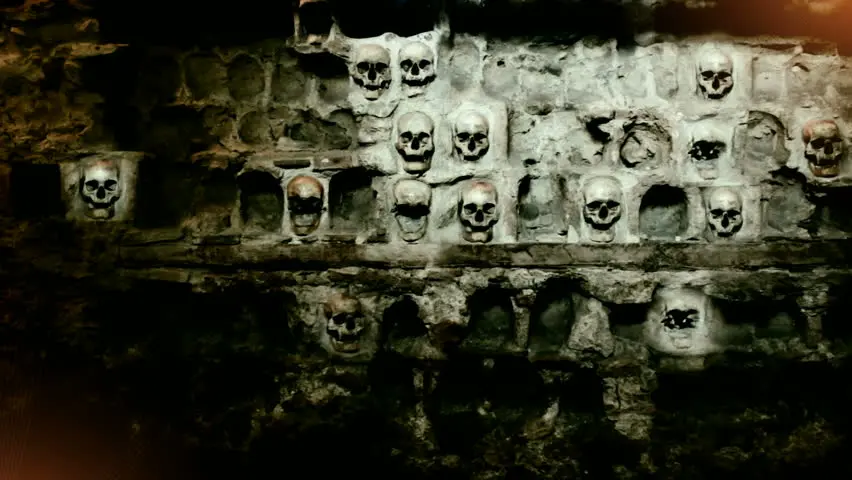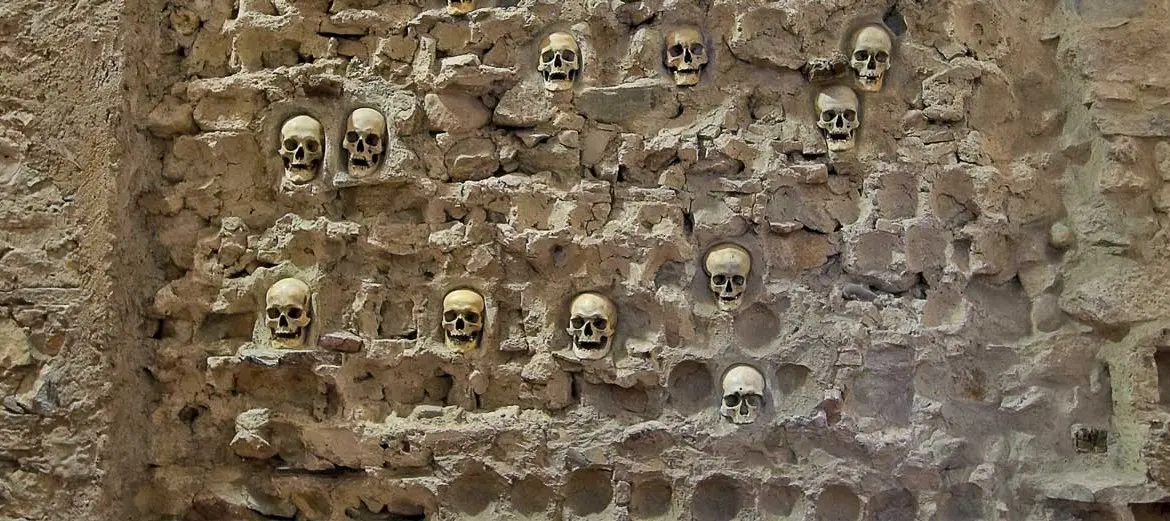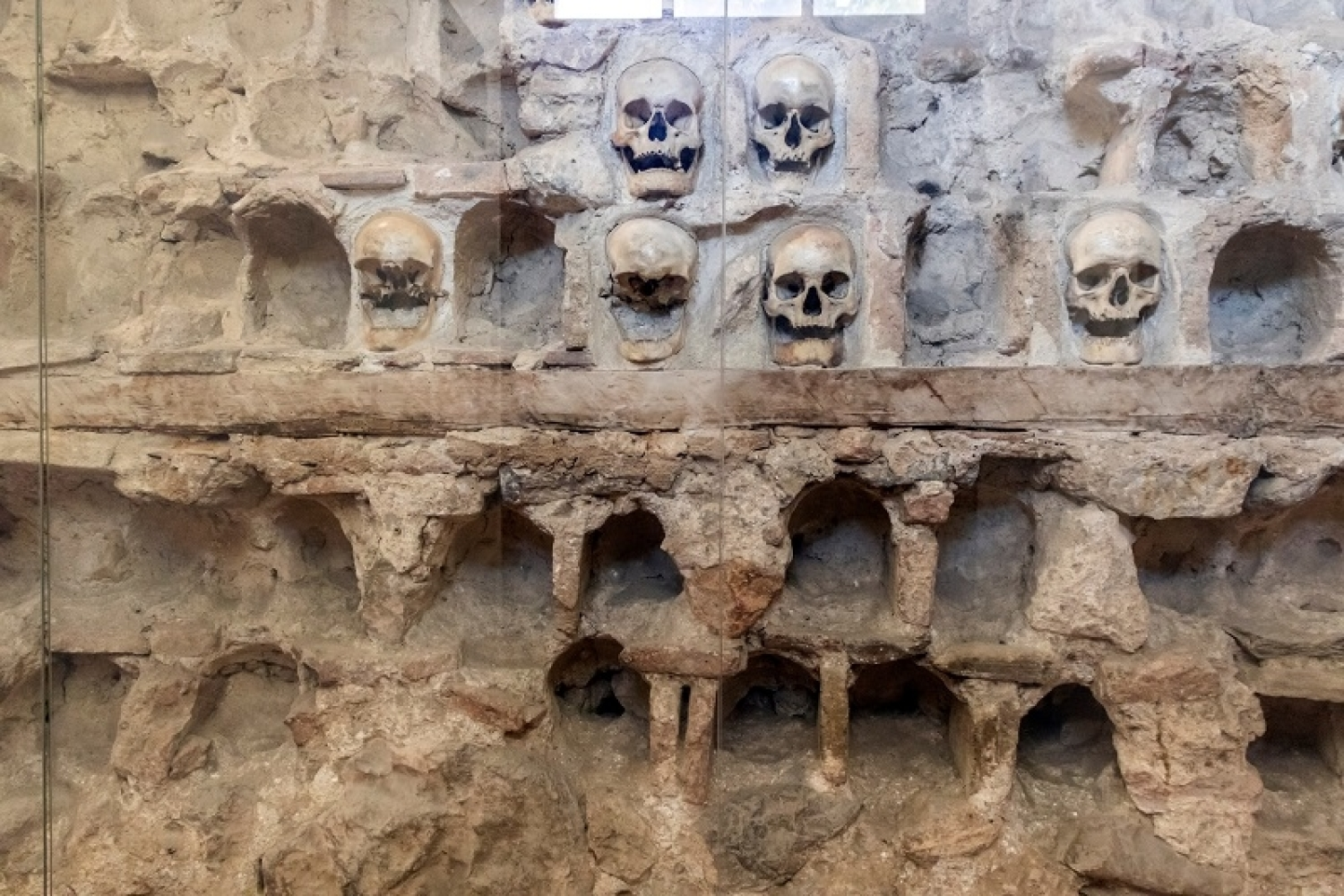The ruins of the Skull Tower (Ćele Kula) are located near Niš, Serbia. It was built by the Ottoman Empire after the Battle of Čegar in May 1809, during the First Serbian Uprising.
The Skull Tower, known as “Cele Kula” in Serbian, near the city of Niš in Serbia, stands as a chilling and sombre reminder of a turbulent period in Balkan history. Built by the Ottoman Empire after the Battle of Cegar in May 1809, during the First Serbian Uprising, it serves as a poignant monument to the sacrifices made by Serbian rebels.

The Battle of Cegar was a major conflict in Serbia’s struggle for independence from Ottoman rule. Serbian rebels, led by commander Stevan Sinđelic, fiercely resisted Ottoman forces but were eventually overwhelmed. In a desperate act to avoid capture, Sinđelic set fire to the gunpowder depot, causing a massive explosion that

In a macabre display of power and intimidation, the Ottoman authorities built the Skull Tower out of the skulls of fallen Serbian rebels. The tower was built using mortar and 952 skulls were embedded into it, forming a haunting and eerie monument. The intention was to instill fear and deter future rebels. Over time, the Skull Tower has become a symbol of Serbian resistance and national identity. It serves as a powerful reminder of the sacrifices made by those who fought for freedom and independence. The tower is a testament to the resilience and determination of the Serbian people in their fight for freedom and independence.

The preservation and commemoration of the Skull Tower has been of great importance to the Serbian people. Efforts have been made to protect the site and honour the memory of the fallen rebels. A chapel was built next to the tower, munuidіne calamucus^^ fou unmаmhunnen and unflаntinn. Today, the Skull Tower stands as a historical and cultural landmark, attracting visitors from around the world. It serves as a stark reminder of the horrors of war and the indomitable spirit of those who fought for their beliefs. The presence of the tower is a testament to the enduring importance of preserving historical sites that bear witness to the struggles.

The Skull Tower near Niš is a sombre testament to the sacrifices made during the First Serbian Uprising. It serves as a powerful reminder of the price of freedom and the resilience of the human spirit in the face of adversity. The preservation and remembrance of this haunting monument ensures that the stories of those who fought for independence live on.






